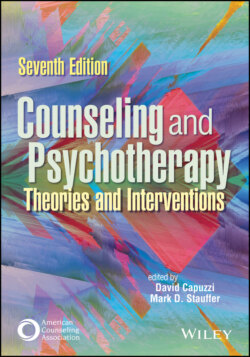Читать книгу Counseling and Psychotherapy - Группа авторов - Страница 139
Free Association and Dream Analysis
ОглавлениеFree association is synonymous with Freud and the traditional psychoanalysis approach. In free association, clients are invited to relate whatever comes into their mind during the session without self-censorship. The counselor uses clarification and confrontation to help the client analyze unconscious or latent content in dreams, fantasies, or enactments that appear in the expressed content (Lothane, 2009). Freud addressed the method of free association heavily in his dream analysis work. Traditional psychoanalysis places a strong emphasis on dreams as keys to the unconscious and wish fulfillments shown in the mind as symbols. The manifest content of the dream is the dream as it is recalled by the client, and the latent content is the actual meaning of the dream once analyzed (Diena, 2014).
Free association and dream work are still evident techniques in modern psychodynamic approaches, although they are applied differently. For example, the psychodynamic counselor discusses the importance of the client paying attention to and suspending judgment of self while the counselor resists understanding too quickly (Scarfone, 2018). One way a modern psychodynamic counselor may do this is by asking the client to journal. Journaling has been widely used for its therapeutic aspects; however, modern psychodynamic counselors utilize journaling for its stream of consciousness, flow writing and free writing, expressive writing, and dream exploration (Haertl, 2008). Within a modern psychodynamic approach, the counselor and client work collaboratively and focus on developing insight. By using journaling as a means of free association and dream analysis, modern psychodynamic counselors gain rich sources of information about the client’s psyche and perception that counselors will use in the here and now (Haertl, 2008).
